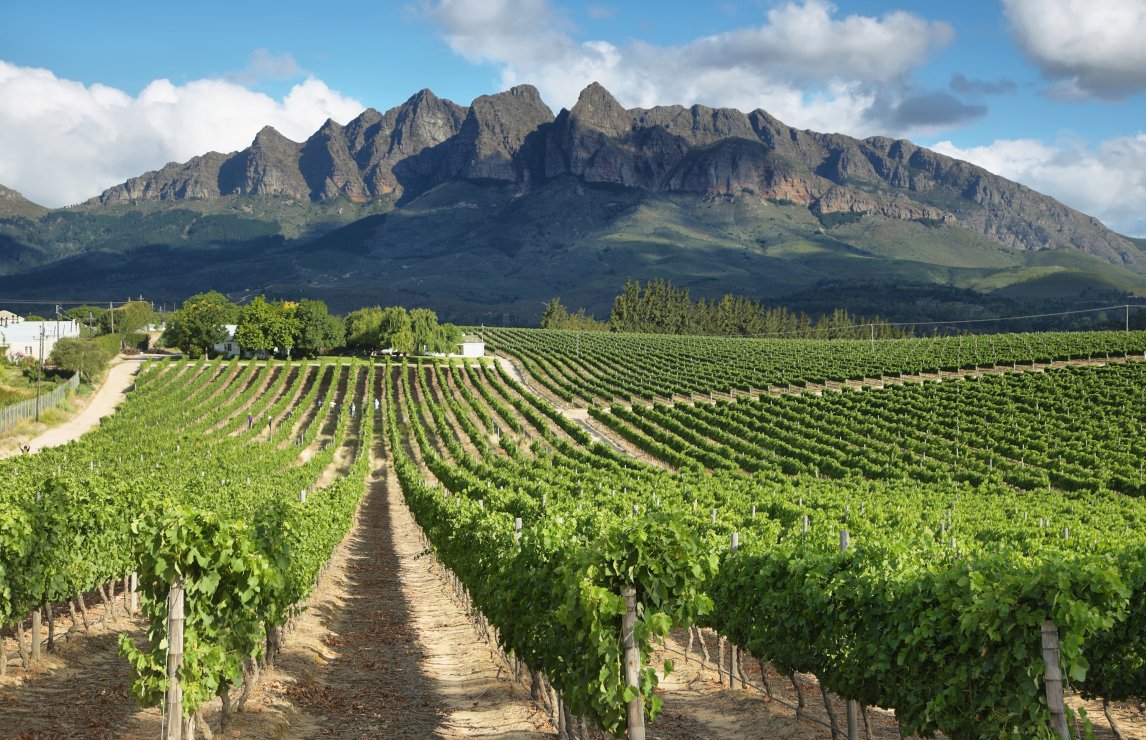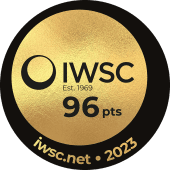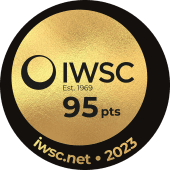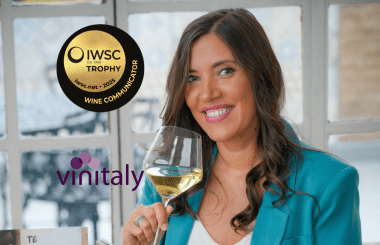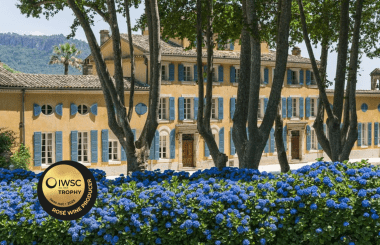South African Wine: competing against the classics with its unbeatable value
The South African wine industry has a rich history, diverse terroirs, and a growing reputation for producing high-quality wines. But are they really tapping into their full potential when it comes to representation in the international market? During our recent in-situ judging in Stellenbosch, we gathered our on-trade and off-trade judges, Maggie Macpherson, Samantha Glanfield and Luke Harbor, as well as head judge, Dirceu Vianna Junior MW, to find out their expert advice on what the future of South African wine looks like.
During the judging our judges were fully immersed in all that South Africa has to offer, with all judges praising the “consistency of quality” and the “individuality within the regions”, proclaiming the judging as a “treasure hunting exercise”. Dirceu Vianna Junior MW, IWSC’s Judging Committee member, who oversaw all panels exclaimed: “There were highlights in every single part of the judging, in terms of grape varieties, and sense of place. It’s quite exciting for South Africa.”
When it came to grape varieties, there was a 50/50 split for the gold medal count between red and white wines. The white grapes really surprised ours judges. Chardonnay being a variety that doesn’t immediately spring to mind when you think of South African wines; but that could be something that will change in the future, with the majority of golds for a single-varietal wine going to Chardonnay. “It’s not necessarily something I’ve always thought to go to for South Africa, but there are some seriously impressive wines on show there,” praised Maggie Macpherson, Group Buyer, Jeroboams. With prices continuing to rise from the Old World classic wines, Luke Harbor, Head of Wine, The PIG Hotels, used the judging session as an opportunity to see if there was a fit to replacing some of the, now, overpriced classics, to offer better value on his wine lists. Luke noted, “The examples of Chardonnay we've seen I'd be perfectly happy drinking those as alternatives to some of the classics.”
Another white grape varietal that excited our judges was Sauvignon Blanc. “Very good use of oak, different toasting and different expressions of oak were presented to us, all very well managed,” was Luke’s impression of the flights tasted during the judging. Samantha Glanfield, Senior Buyer for Premium Wine, Sainsbury’s was also pleasantly surprised by the Sauvignon Blancs, noting the breadth of aged Sauvignons entered: “From a supermarket perspective, you often get super fresh, early release, Sauvignon Blanc and I really enjoyed tasting wines that were, three, four or five years old, and seeing the evolution of them.” The judges also were fascinated by the quality of Sauvignon and Semillon blends, with an outstanding example gaining a gold medal, Distell Limited, Durbanville Hills The Tangram White Blend 2020.
The judges were surprised that what is often considered South Africa’s signature white grape, Chenin Blanc, didn’t outnumber the other white grapes in entry count. Although not in the numbers the judges were expecting, the Chenin Blancs that were judged demonstrated “great quality and a breath of styles from unoaked to more rich opulent styles,” commented Samantha. Maggie had a plea for South African producers: “I definitely encourage more producers to get Chenin Blanc in front of us. It's a variety in the UK that people are really starting to follow and understand. So, send in more!” Luke echoed Maggie’s plea, as from an on-trade perspective he finds the grape to be “extremely versatile, and a useful tool for us to use at various ends of the wine list, from entry into premium”. Two stand-out Chenins did catch our judges’ attention and were both awarded gold medals: Koelenhof Wynkelder, Stellenbosch 1679 Single Vineyard Old Bush Vine Chenin Blanc 2022 and Perdeberg Wines, The Dry Land Collection Courageous Barrel Fermented Chenin Blanc 2022.
From one signature grape to another, Pinotage - South Africa’s indigenous variety, a hybrid of Pinot Noir and Cinsault – really excited our judges. Junior shared his perspective as our Judging Committee member overseeing all panels: “I was impressed by the development of quality that I’ve seen in the last five years or so. I think they are really taking Pinotage seriously, lowing the yield and using less oak and just being more diligent.” Luke had less exposure to Pinotage prior to the IWSC’s in-situ judging but was excited with what was happening in South Africa: “Sommeliers are always looking for new up and coming things. They're looking for alternatives, indigenous grape varieties, or grape varieties that are fun. Pinotage is certainly one of those!” From an off-trade perspective, Samantha noted that Pinotage “from a supermarket customer's perspective is lesser known, has been more closely linked to South Africa, but there's some great commercial styles, and I mean that in the in the best possible way. I think it definitely has a role to play in differentiating South Africa and the rest of the world.” One gold medal was awarded to an exceptional Pinotage, Neethlingshof Estate, The Owl Post Pinotage 2021.
Looking outside of South Africa’s indigenous grapes, our three judges all had varying opinions of their stand-out red variety. Following the judging, Luke expressed “I was in love with the Syrah flight. I think Syrah has a great opportunity in South Africa. And it was really compelling to taste so many great examples.” A gold medal went to a Syrah blend, Boekenhoutskloof, The Wolftrap Red 2022.
Samantha leant towards the Bordeaux blends, stating “I thought the freshness coming through from some of those wines, made them a real style that could compete with the rest of the world.” Two gold medals were awarded to stellar Bordeaux blends, Constantia Glen, Five 2020 and Quoin Rock, Red Blend 2020.
Finally, Maggie added Cinsault to the mix, enjoying both the single varietals and the blends of Cinsault. “I think it's found its place in South Africa. It really represents a style of wine I would like to drink in a hot country, it's crunchy, fresh, you can chill it down. And so, to me, that is South Africa.” Two silver medals were awarded to single-varietal Cinsault, Darling Cellars, Old Bush Vines Cinsaut 2020 and Stellenzicht Wines, Thunderstone Red 2019.
The IWSC’s in-situ judgings are an opportunity for international judges to be fully immersed in a country’s wine scene, its history and culture. Judges are selected based on their existing knowledge of the country’s wines and are able to share the perception of the wines in their native markets. Maggie stated, “I think that South Africa is still finding itself. And the fact that we're also impressed with classic varieties that you can find anywhere in the world, I think says a lot for South Africa. The quality is only increasing, and they can really compete at an international level. I think that it is incredibly important to note as well, while we don't know what the price of the wines being judged, consistently we've said that the value that you can find in South Africa is really hard to beat.” Samantha also shared a similar opinion, from her supermarket perspective, “what South Africa has to offer is consistency and value for money. And I think the challenge that South Africa has within the mass market of the UK is that it does have a reputation of producing entry to mid-tier wines. And all of us who've had the pleasure of tasting this week know the quality that's there, but I think for us as a supermarket that doesn't quite translate to our customers. I think they see South Africa as a very solid choice for lower price points. And it's harder to trade customers up within South Africa.”
“South Africa is continuing to grow, which is obviously fantastic. But it is still very much a hand sell,” stated Maggie when looking at the challenges South Africa faces in the premium off trade. Samantha believed South African producers’ way of combatting this challenge was to “own South Africa, talk about their stories, with such a rich culture and history, talk about the people who are involved in making those wines and translate that for customers.” From the on-trade perspective, Luke took a slightly difference stance to South Africa’s less-premium appeal, stating that “perhaps sommeliers are looking with a slightly different lens. I see South Africa as a very exciting place for unusual grape varieties, winemaking techniques, different styles, and then the opportunity to have fantastic value in categories where perhaps they've been outpriced. We take Burgundy for example, we are all looking for value alternatives, and there is an opportunity in South Africa to translate that into the glass for our guests. The value and consistency at the entry level, we see that but then we also see the space within to have fun with these wines to show them to our guests as alternatives from the classics.”
Head judge, Junior concluded: “The sheer beauty of the place, and its ability to make wines that have amazing richness from the sunlight, but at the same time have great structure, almost like an old-world structure, with freshness. There is amazing stylistic difference in South Africa. Together with the people’s stories, the old vine project, their sustainability effort; I think South Africa is in a very good place. But I think with the future, the best is yet to come.”
Best South African Wines 2023
